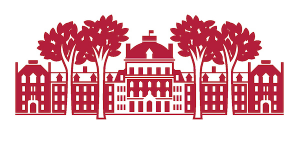An English Literature first-year seminar. MWF 8:30am, LPAC 201.
The course may be lotteried, depending on enrollment. Enrollment limit is 12. Open only to first-year students.
The course may be lotteried, depending on enrollment. Enrollment limit is 12. Open only to first-year students.
- Teacher: Peter Schmidt
